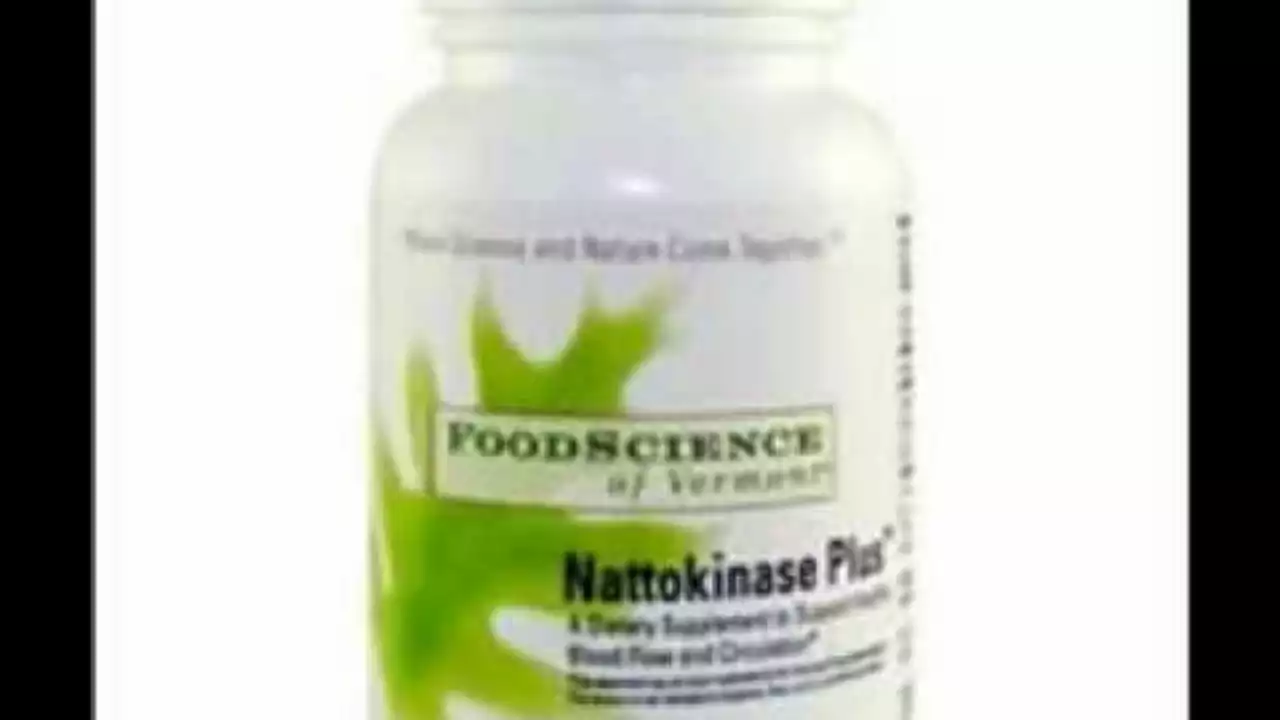If you’ve ever seen a glossy finish on wooden furniture and wondered what made it so smooth, chances are tung oil was involved. That oil comes from the tiny tung seed of the tung tree, a plant native to China but now grown in many warm regions. While most people know the oil for woodwork, the seed itself is edible and packs a surprising amount of nutrition.
Tung seeds can be toasted like pumpkin or sunflower seeds. A quick dry‑roast brings out a nutty flavor that pairs well with salads, granola, or stir‑fries. You can grind them into a fine flour for gluten‑free baking; replace a portion of regular flour with tung seed flour to boost protein and healthy fats.
If you prefer oil, cold‑pressed tung oil is safe for low‑heat cooking. Drizzle it over roasted veggies or use it as a finishing touch on fish. Remember, the oil has a high smoke point, so it holds up better than many other seed oils when you need to sear meat.
Raw tung seeds contain a small amount of toxic compounds called tung oil resin. Cooking or roasting destroys most of these, making the seeds safe to eat. Don’t eat them raw unless you’re sure they’ve been treated.
When shopping, look for “food‑grade” labels and check that the package mentions a roasting process. Bulk bins at health stores often have fresher stock, but make sure the seeds smell nutty—not bitter or rancid.
Store roasted seeds in an airtight container away from sunlight; they stay fresh for up to three months. If you buy oil, keep it in a dark bottle and use it within six months to avoid oxidation.
Beyond food, tung seed oil is prized in the DIY world for its water‑resistant finish on wood decks, musical instruments, and even art supplies. The same properties that make it great for furniture also give it a role in natural cosmetics like lip balms and skin moisturizers.
In traditional medicine, some cultures use ground tung seed as a mild laxative or to soothe joint pain. However, scientific evidence is limited, so treat these uses as anecdotal and always talk to a doctor before trying them.
Bottom line: Tung seed is more than just a source of wood‑finishing oil. Roast it for a tasty snack, grind it into flour for extra protein, or use its oil in low‑heat cooking. Just be sure it’s roasted or processed, store it right, and you’ll enjoy a versatile ingredient that adds both flavor and health benefits to your daily routine.

In my latest blog post, I delve into the healing power of Tung Seed, a dietary supplement garnering attention in the health and wellness world. This comprehensive guide details its origin, health benefits and how to incorporate it into your daily routine. I've explored the scientific research behind its anti-inflammatory and antioxidant properties. The blog also sheds light on how Tung Seed can aid in heart health, diabetes control and boosting the immune system. If you're curious about natural health supplements, this is a must-read!
Caffeine and ADHD medications like Adderall can seem like a helpful combo, but they carry serious risks including anxiety, heart strain, and crashes. Learn how to safely manage this interaction-or avoid it altogether.
Learn how to safely exercise while taking statins to prevent muscle pain and injury. Practical tips backed by science for staying active without risking side effects.
Generic medications can save patients thousands of dollars over a lifetime when managing chronic conditions like diabetes, hypertension, and asthma. Learn how generics work, why they’re just as effective, and how to maximize your savings.
A clear, side‑by‑side comparison of Prometrium and its main alternatives, covering forms, dosing, costs, and how to choose the best progesterone option for your health needs.
In my recent post, I discussed the relationship between Pyridostigmine Bromide and exercise for those living with Myasthenia Gravis. I explored how this medication can improve muscle strength, making physical activity more manageable for patients. However, I also highlighted the importance of balancing exercise with rest periods and working closely with healthcare providers to establish a suitable routine. Furthermore, it's crucial to listen to your body and not push too hard, as overexertion can lead to symptom flare-ups. Overall, while Pyridostigmine Bromide can aid in physical activity, careful management is key.